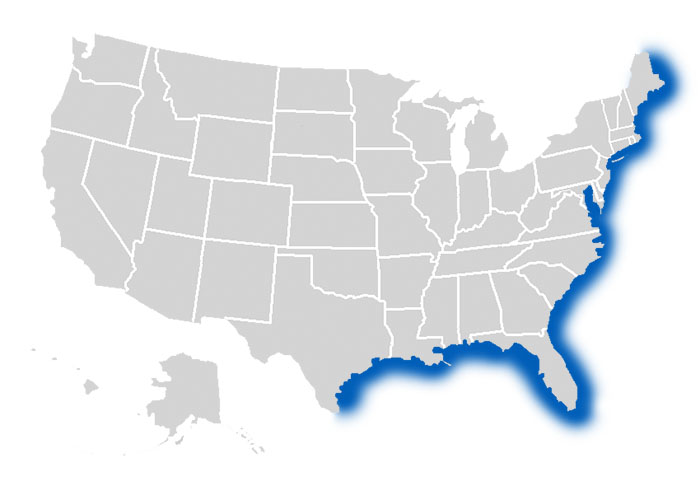Windowpane Flounders get their name because of the translucent appearance of their thin, round body. They are typically caught incidentally. Methods for catching Windowpane flounder include bottom bouncing, drift fishing and saltwater jigging.

Habitat: Ocean, Coastal Waters
How to identify Windowpane Flounder
The Windowpane Flounder is a left-eyed flounder with a thin/translucent round body that’s almost as wide as it is long. The tips of the first 10–12 rays on the dorsal fin of the windowpane flounder are not connected to one another by fin membrane, and consequently, have a fringe-like appearance. The bottom side of its body is white and the top side is brownish-green with dark brown-white markings. Adult windowpane flounder usually grow no longer than 10-12 inches.
Where to catch Windowpane Flounder
Windowpane Flounder are found in at depths of about 250 feet in northwest Atlantic coastal waters from Florida up to Canada (Gulf of St. Lawrence.) During summer, they migrate towards the shoreline because of warmer waters, even though they typically stay offshore most of the year.

The following are habitats where you can catch Windowpane Flounder:
Windowpane Flounder prefer sandy or mud bottoms> they’re often found near artificial reefs.
How to catch Windowpane Flounder
Windowpane flounder are typically caught incidentally while anglers are fishing for other types of flounder. Windowpane flounder can be caught usually traditional flounder fishing techniques including bottom bouncing, drift fishing, jigging and still fishing. They’re most often caught using small baited hooks on bottom rigs.
The following are effective fishing methods and techniques for catching Windowpane Flounder:
Best Lures, Bait & Tackle to catch Windowpane Flounder
Some of the best baits for catching Windowpane flounder include squid, clams, grass shrimps, and marine worms.
The following are lures and baits that can be used to catch Windowpane Flounder:



